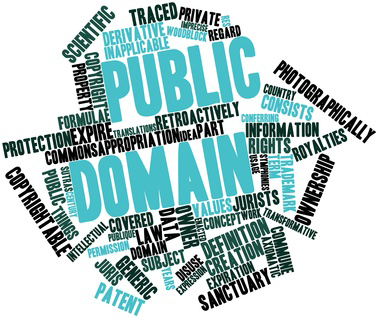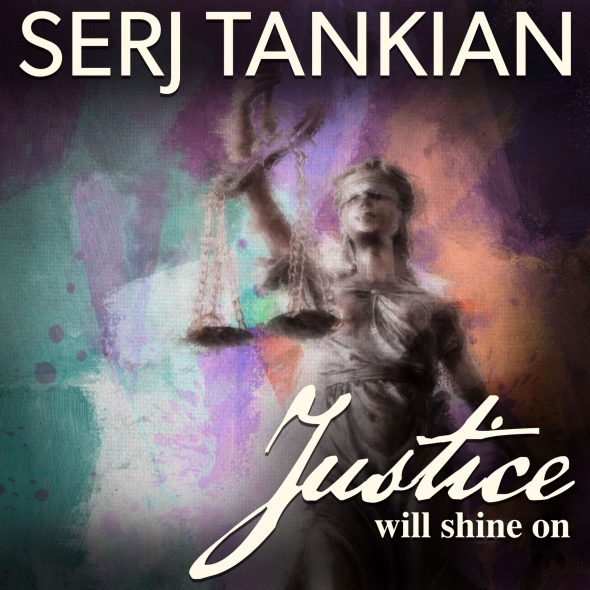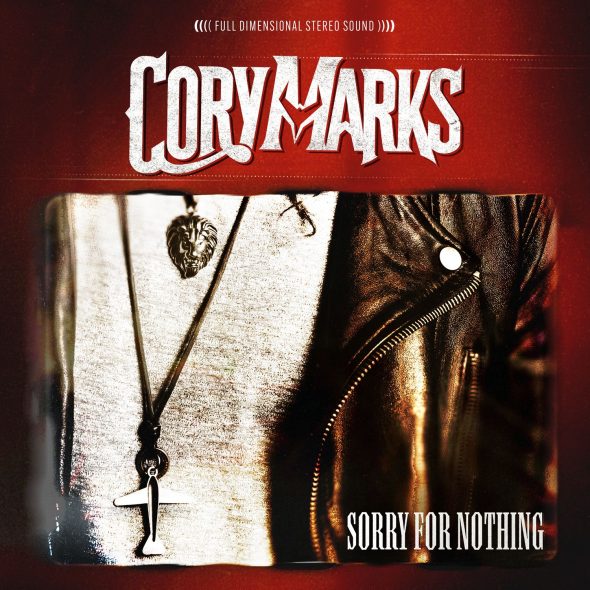Previous issues of Music Insider Magazine have covered the basics of trademarks and copyrights, including the differences between these two types of intellectual property, as well as the possible penalties for committing trademark or copyright infringement. Following along these lines, this issue introduces a concept in copyright law that is often mentioned and rarely understood completely: the doctrine of “fair use.”
 The term “fair use” is often mistakenly used to casually justify the unauthorized use of someone else’s songs, lyrics, photos or other works. For many uninformed musicians, simple actions like printing and distributing gig posters that incorporate a former bandmate’s artwork are mistakenly considered “fair use,” simply because no money is exchanged. Generally speaking, many uses of existing works of art commonly thought of as “fair” can (and often do) constitute copyright infringement under federal law. As explained in previous articles, this can be an extremely expensive misunderstanding.
The term “fair use” is often mistakenly used to casually justify the unauthorized use of someone else’s songs, lyrics, photos or other works. For many uninformed musicians, simple actions like printing and distributing gig posters that incorporate a former bandmate’s artwork are mistakenly considered “fair use,” simply because no money is exchanged. Generally speaking, many uses of existing works of art commonly thought of as “fair” can (and often do) constitute copyright infringement under federal law. As explained in previous articles, this can be an extremely expensive misunderstanding.
Simply put, “fair use” is a defense to copyright infringement. It provides the users, copiers and/or distributors of copyrightable works (articles, books, songs, etc.) with some protection against liability for infringing another person’s copyright. In other words, if you get sued for using the cover artwork from The Beatles’ “Sgt. Pepper’s Lonely Hearts Club Band” on your website, but the court determines that this was fair use of that artwork, then the money that would otherwise be awarded to Apple Corps., Ltd. (the owner of the copyright registration for this work) will likely stay in your pocket.
Unfortunately, determining what uses qualify for this defense can get tricky. Because fair use is generally decided on a case-by-case basis, there is no guarantee that your use of a copyrighted work will qualify as fair, no matter how allegedly harmless or well-intended that use may be. And while the U.S. Copyright Actdoes list some uses of copyrightable works that are generally considered fair (specifically, uses for purposes such as “criticism, comment, news reporting, teaching … scholarship, or research”), the defense of fair use really only applies to certain, narrow situations and should never be used as a “fallback” justification for using someone else’s creative works.
Over the course of the next five issues, we will break down what fair use really is by examining the four factors that courts consider in making this determination:
(1) The Purpose and Character of the Use.
(2) The Nature of the Work.
(3) The Amount of the Work Used.
(4) The Effect on the Market for the Original Work.
Even if these four factors appear straightforward at first glance, keep in mind this is one of the trickiest areas of copyright law, and millions of dollars are often spent by parties litigating this issue. What many people might consider solid justifications for using someone else’s work without permission, often are still not enough to defend them from liability in court. Posting the iconic Sgt. Pepper’s artwork on your band’s website, for example, might still constitute copyright infringement, even if you received no money from using the artwork and nobody visited your website.
By clearing up some of the common misconceptions surrounding this murky legal doctrine and examining each of these factors in detail, we hope to give you some general guidelines to help you navigate this commonly-misunderstood legal doctrine going forward. As you will see, knowing how to distinguish “harmless use” from “fair use” could be the difference between liability-free promotion of your music and a $150,000 check made out to the Lonely Hearts Club Band.
Stay tuned.
Justin Haddock, an IP associate in Norton Rose Fulbright’s Austin office, can be reached at +1 512 536 3024 and justin.haddock@nortonrosefulbright.com. One of the world’s largest legal practices, Norton Rose Fulbright represents preeminent corporations and financial institutions in their most important matters. With more than 3,800 lawyers in over 50 cities worldwide, Norton Rose Fulbright is known for its depth and breadth of experience in the following key industry sectors: financial institutions; technology and innovation; energy; life sciences and healthcare; transportation; and infrastructure, mining and commodities.




